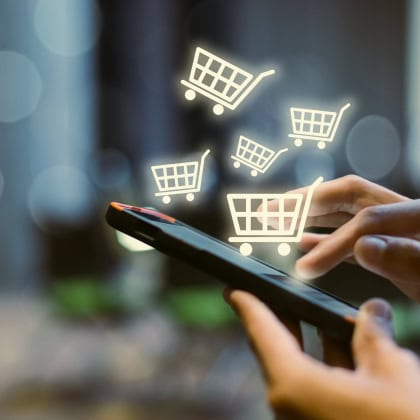The operation of smart devices starts with data collection by miniature devices — remote data collection sensors.
LoRaWAN-enabled sensor devices
The main task of smart technologies is to allow us to get information from devices and control them remotely. Therefore, on the Internet of Things (IoT), we widely use various devices that collect and transmit data via wireless communication channels.
Data collection is the first link in this system. At this level, LPWAN sensor devices — devices equipped with sensors — play a key role. Their purpose is to monitor changes in specified physical quantities and transmit data to the server via wireless communication channels. Numerous devices with LoRa modules installed, such as radio modules that transmit meter readings, detect smoke, determine locations, etc., carry out these tasks.
Such devices collect the required data and transmit it to the server via the gateway system in small datasets. On the server, the data is converted into machine-readable characters so that they can be loaded into software and processed.
Typically, sensor devices for LPWAN use local batteries that do not need to be changed frequently; long-lasting sensor battery life enables you to use these devices without worrying about their maintenance for years.
Different frequency bands, networks, and protocols are used while transmitting data. However, low power consumption and the ability to transmit data over long distances are features common to all IoT sensing technologies used for wireless data transmission. In this article, we will tell you about LoRaWAN sensor technology: wireless sensor technology and LoRaWAN-enabled sensors.
Features of LPWAN-enabled sensors
Low-power IoT sensors provide steady and efficient operation of sensor network technology without requiring technical support for years at a time due to the features described.
Application fields for LoRaWAN sensors
LoRaWAN sensors are used to automate and simplify the operation of devices in a variety of areas, including construction, smart cities, transportation, agriculture, and science. So what data can these devices provide and what processes can they control?
Humidity and temperature. Such sensors provide remote data collection on environmental parameters. These devices are in high demand in agriculture and business.
Street lighting. Motion sensors in street lighting detect pedestrians and vehicles getting closer or moving away. When there is no traffic on the street, the lights automatically turn off to save electricity.
Taking meter readings. This type of sensor is installed on water, gas, electricity, and heat meters. The device collects meter readings and sends them to the supplier’s software over the LoRaWAN network.
Availability of vacant parking slots. Smart parking lot devices make it easier for drivers to identify available parking slots and save time.
Targeting location. This data is required in modern logistics, transportation, and monitoring.
We have only given a few examples of how sensors are used in various industries and there are many more regarding the use of smart devices.
Scalable IoT sensor solutions enable you to get data on the state of the environment and device operation, as well as control your devices remotely. At the hardware level, data collection is provided by sensors, which detect changes and wirelessly communicate them to the base station. Smart sensor networks aid in the simplification and acceleration of numerous operations in a variety of fields, including agriculture, smart cities, transportation, resource management, and many others.
